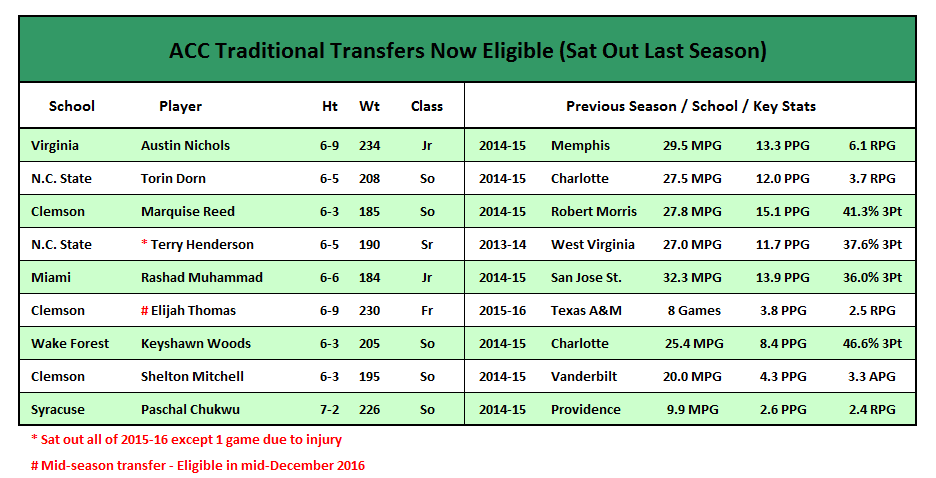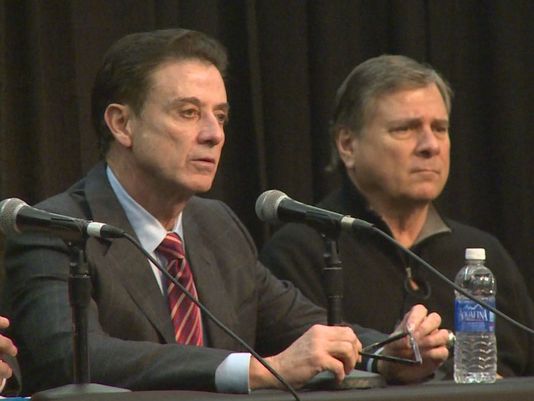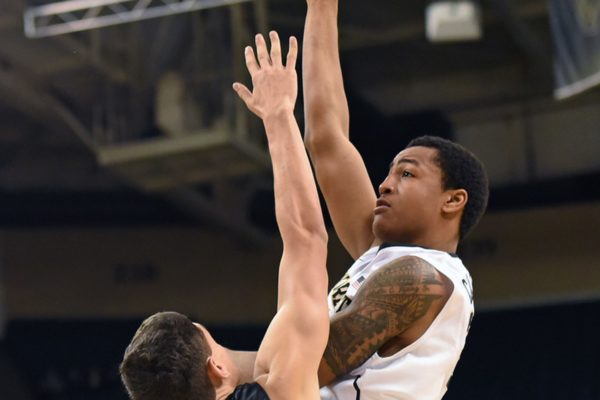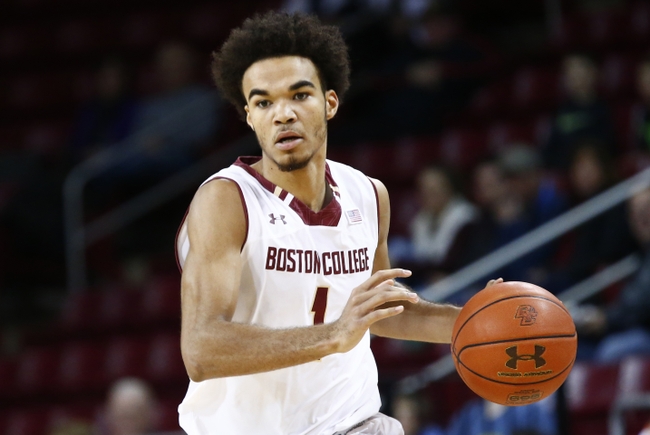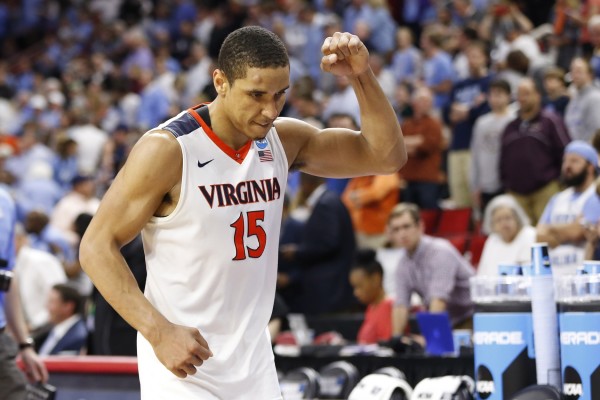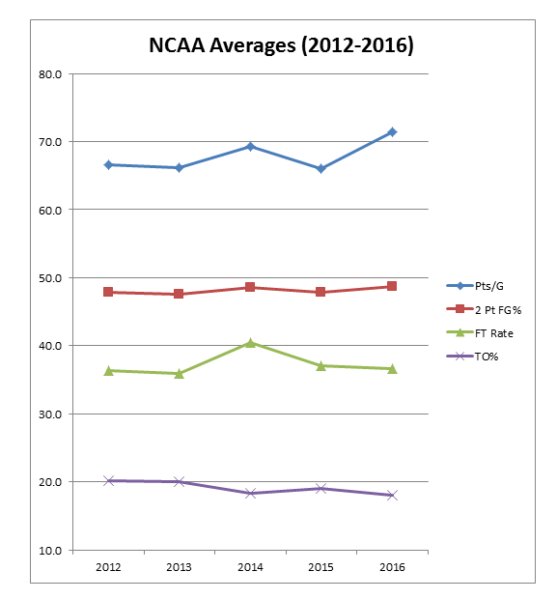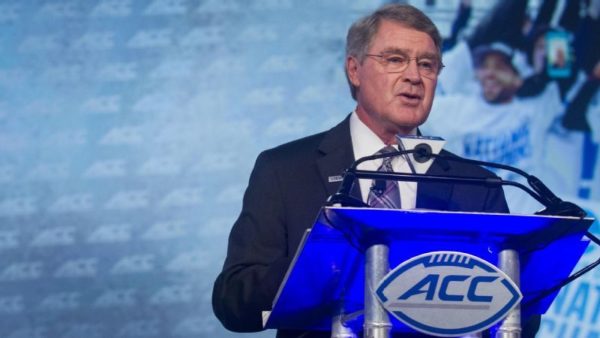ACC Burning Questions: NC State Wolfpack
Posted by Matt Auerbach on October 21st, 2016This team preview is part of the RTC ACC microsite’s preseason coverage.
Burning Question: Will the Wolfpack’s new lead dog be able to replace its top Cat?
A year ago, North Carolina State’s season seemed to have been derailed before it even got started. With the unanticipated departure of All-ACC second teamer and leading scorer Trevor Lacey to the pros, the Wolfpack had lost half of a dynamic backcourt from its surprise run to the Sweet Sixteen. And while Anthony “Cat” Barber did yeoman’s work last season in mitigating the absence of his viable second fiddle, the team just never generated enough traction as the Wolfpack missed the NCAA Tournament for the first time in Mark Gottfried’s five-year tenure. As he embarks on year six in Raleigh, Gottfried once again will be tasked in replacing his leading scorer, as Barber opted for the NBA after a spectacular All-ACC junior campaign.
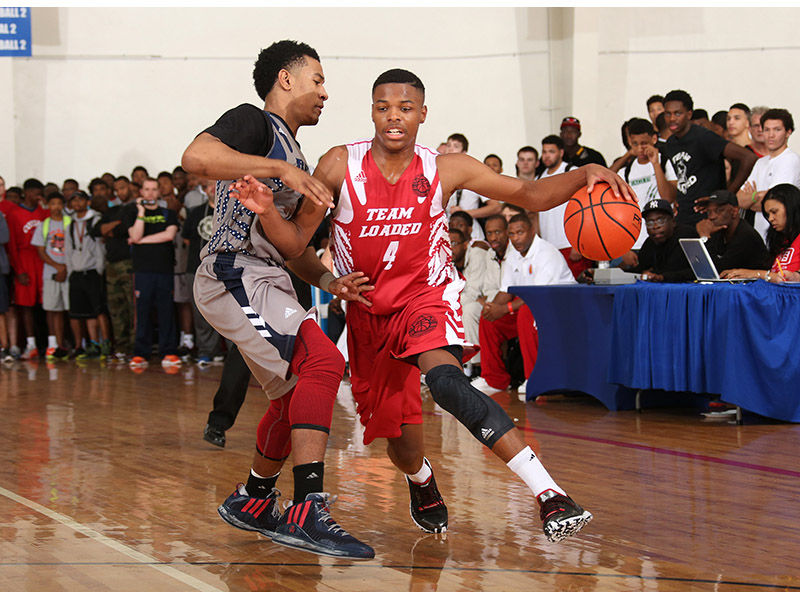
Mark Gottfried hopes five-star freshman Dennis Smith Jr. (right) fills a fraction of the void left by Cat Barber’s departure. (The Fayetteville Observer)
Despite captaining an extraordinarily average team, Barber ranked seventh nationally in scoring at 23.5 points per game and second in the country in playing 96 percent of his team’s minutes. In his stead, Gottfried will hand the keys to the offense — an offense that ranked as last season’s 33rd most efficient — to the capable hands of five-star recruit Dennis Smith Jr. Smith, who chose the Wolfpack over Duke, North Carolina and Kentucky, suffered an ACL tear prior to his senior season, meaning he hasn’t seen any game action since 2015 (when he was named the Gatorade Basketball Player of the Year in North Carolina). By all accounts, Smith is now healthy and will undoubtedly have an opportunity to become one of the nation’s most impactful freshmen. Read the rest of this entry »





























